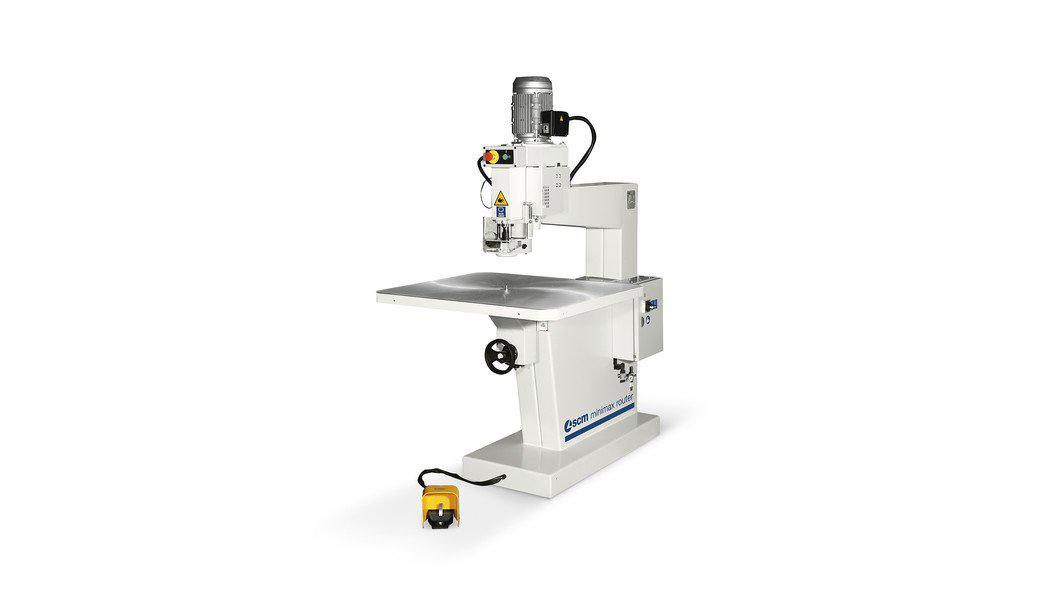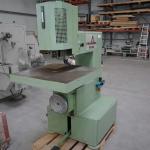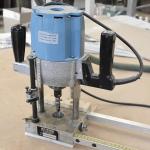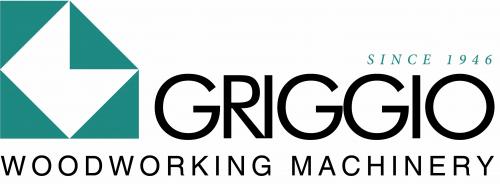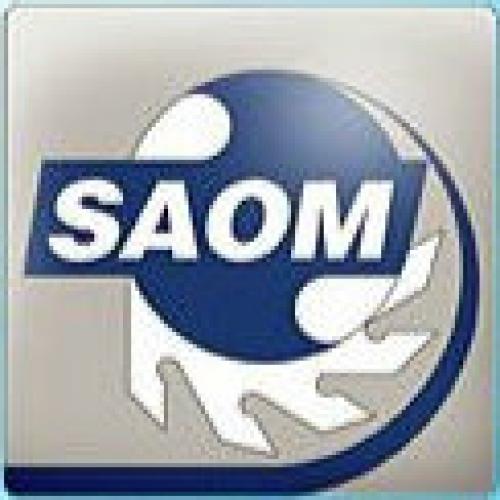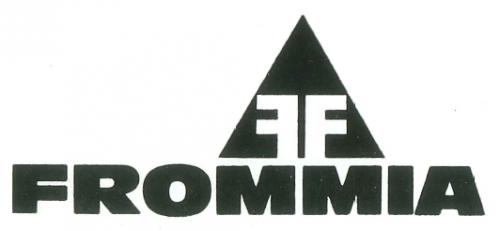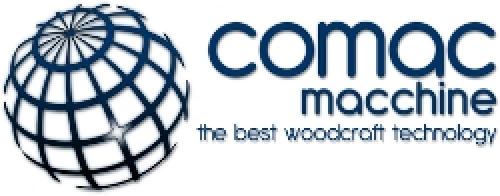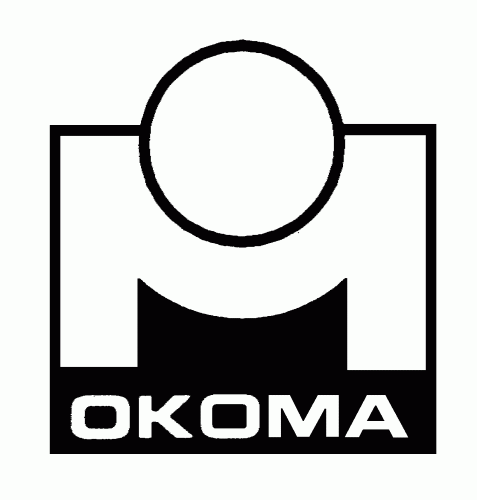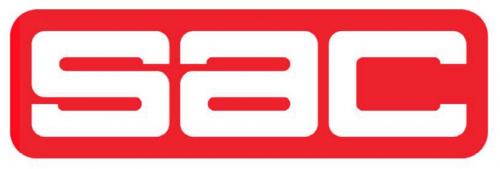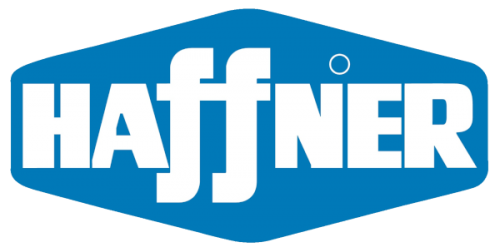Horní frézka
Záznam uvidíte za
       Machine for copying contours of irregular, flat workpieces. On top there's the milling unit, in the machine table there's a copying finger, the centre of the copying finger and milling tool lie exactly on top of each other. The copying finger stands over the table and is exchangeable. Usually the diameters of the milling tool and copying finger are selected to be identical in order to create a 1:1 copy of the original. For manufacturing workpieces a templace is needed (or a widely-produced workpiece). This way the raw panel will be gripped, from which the workpiece is later produced. Now the template is being guided along the copying finger, whereas the exact same contour is being milled into the raw panel. For the manufacturing of rounded edges or profiled narrow sides profile millers can be used. Quite similarly working hand router. Here the raw part will be affixed onto the template as well. But the workpiece won't be moved alongside the template, but the milling machine. The milling tool is equipped with a ball bearing, the so-called thrust ring. This one scans the template whilst simultaneously the contour is being milled into the template. Whilst stationary top-milling machines have been replaced as far as possible by CNC-milling machines and machining centres, hand routers are still popular within the carpentries. |
Obrázky
Modelové řady (67)



